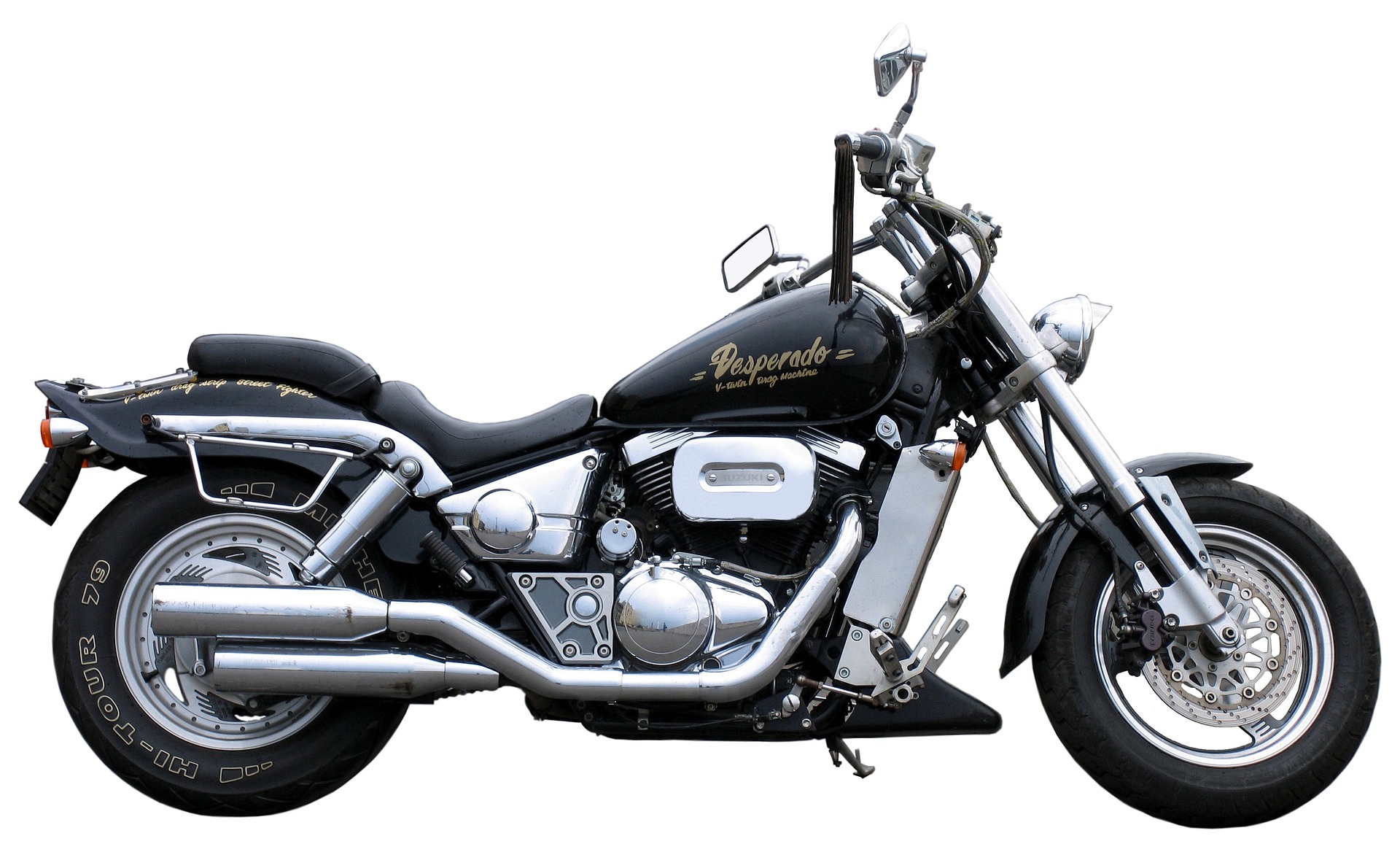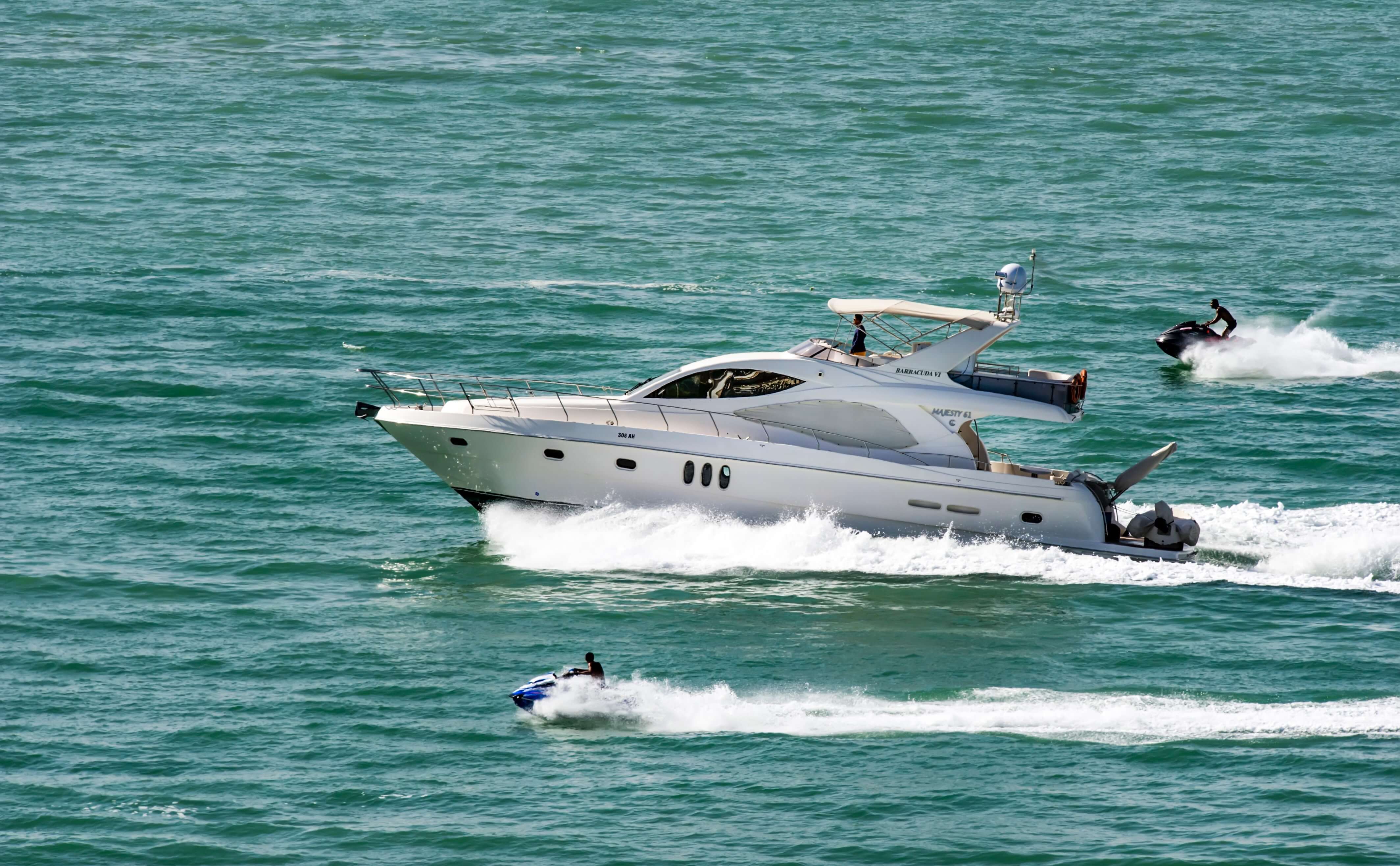Looking to sell your ride? No matter what the reason is, this can always feel like quite an ordeal and especially if you have not done it before. Fortunately, it does not have to be a stressful and lengthy process if you know how to go about making a sale and can find suitable buyers and the internet has made it easier than ever for people to connect with buyers.
One of the major processes to go through and perhaps the most important one is determining a fair asking price. You do not want to overcharge somebody as they will simply look elsewhere to get a better deal, but, equally, you do not want to undercharge and get the most possible for the bike. This can make it tricky to establish a fair price and particularly when you factor in the no two bikes are the same when you look into mileage, wear and tear, make, model, age etc.
Classifieds :
One way to determine a price for your bike is to browse the classifieds to find a bike which is the same make and model with similar mileage and condition. Previously, this was a tedious task that involved flicking through the papers, but nowadays you can simply find bikes for sale that are similar to your own and use this as a starting point to determine a price.
Online Tools :
Another way to establish an asking price is to take advantage of online tools which are often free to use on various dealers websites. These will ask a few simple questions and then come back to you with an instant figure, but keep in mind that a dealership will always charge slightly more and it does not take everything about the bike into consideration.
Professional Valuation :
The best way to reach a completely accurate valuation of your motorcycle is to use the services of a specialist. These companies use a team of experts who rigorously scrutinize trends and movements in the market to reach a fair fee for your bike. Second-hand dealerships use these services to price their entire fleet, so you know that you are in good hands when you use one of these reputable companies and it is a good idea to show any prospective buyers that this is where you obtained the figure from.
Negotiating :
These are the best ways to establish a fair asking price when selling your motorbike, but it is important to remember that any potential buyer may want to negotiate a price so you should be willing to do this. Always show them how you have reached your asking price and be firm yet friendly when trying to work out a price with the buyer.
Selling a bike can be tricky and particularly if it is your first time. It is vital that you establish a fair asking price for the bike as otherwise, you will not attract any buyers, plus you also need to make sure that you do not undercharge so use the above to come to a fair starting price for the bike.
Read Also :






















